While agent roles are one of the first elements you’ll learn in VALORANT, there’s more to this tactical first-person shooter’s competitive meta than what meets the eye. As you may know by heart, the game offers four agent roles — duelist, initiator, controller, and sentinel. Interestingly, that’s not all — you have more to offer than just smokes, traps, and flashes.
In addition to agent roles, you can commit to team-focused, tactical roles based on your prowess and your agent’s kit, giving you a distinguished responsibility to carry out for the team’s sake.
If you want to push your main role’s limits in VALORANT, here’re all the team roles you need to know before queueing for your next competitive match.
All VALORANT team roles: Beyond the basics
Like most team-focused tactical shooters, VALORANT encourages the adoption of team roles for a better shot at winning matches. Currently, team roles can be distinguished into multiple types, as described below.
Entry fragger
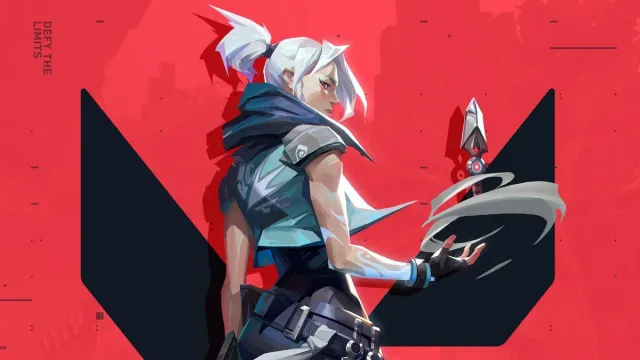
Entry fraggers are responsible for picking and winning an entry duel and creating space for their team to enter a site. Needless to say, this tactical role is a favorite among players, as entry fraggers usually play duelist agents, who are equipped with high mobility and damage-dealing abilities.
Unfortunately, many players who insta-lock Jett or Reyna don’t seem to understand their role as an entry fragger and go about playing their own game, while stationed away from their allies. Deviating from your role can be a problem, as your teammates will have to substitute for an entry fragger’s absence. Entering a site becomes pretty difficult without a duelist’s potent flashes and exceptional mobility.
Related: Top VALORANT pro Derke explains how you can become the best duelist
An ideal entry fragger in VALORANT will pick fights judiciously. But they shouldn’t shy away from taking risky encounters when needed. They shouldn’t play defensively or stray away from the team’s objective with a motive to increase their kill count.
It’s also important for the team to capitalize on an entry fragger’s risky moves, locking down the space created and forcing enemies to retreat or die. We recommend not leaving your entry fragger or duelist alone on the site.
Secondary entry fragger

As the name suggests, secondary entry fraggers are pseudo-duelists who assist by helping lock down the space an entry fragger takes control of and secure the entry’s trade kill if needed. If the team’s primary entry fragger dies early, secondary entry fraggers can fill the gap. Agents like Yoru, KAY/O, Omen, Brimstone, and Chamber are great as secondary entry fraggers.
Lurkers

One of the most round-influencing tactics in VALORANT, lurking (also known as flanking), is an essential skill learning which can help you breeze through tough high-elo lobbies. Controllers and sentinels make the best lurkers in the game with their ranged and flexible abilities.
As a lurker, you are expected to take control of unexpected points and angles on the map. From here, you can grab kills on the flank or delegate valuable information regarding the enemy team’s rotations to your team.
Not only can lurkers offer crucial intel on the enemies’ positioning and rotations, which helps finalize a team’s strategic execution, but a well-timed flank from their side can also unleash extreme pressure on the enemy team.
Agents like Viper, Astra, Omen, Killjoy, Cypher, and Chamber can be excellent lurkers as their kit lets them help their team from a distance Players assuming a lurker’s role should understand how to time their flanks, protect themselves from danger, and call out rotations accurately, as the round’s outcome is heavily dependent on the information they pass on to their in-game leaders and the rest of the team.
Support
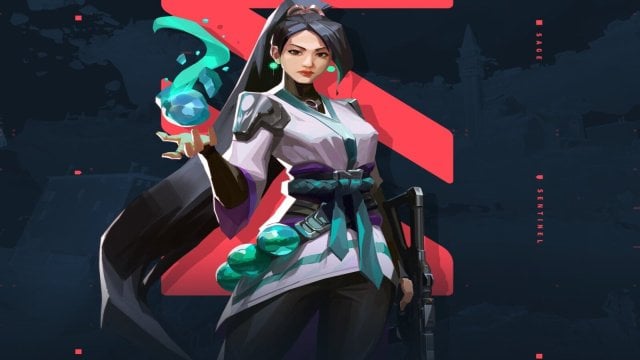
Support players take the defensive approach. They gather essential intel and provide cover from chokepoints, enabling entry fraggers to leap onto the site and secure valuable space.
All initiators, including Skye, KAY/O, Sova, Breach, and Fade, are innate support players, providing their team with crucial information on the enemies’ whereabouts. Skye, KAY/O, and Breach’s kits offer potent flashes, crowd control, and deterrent utilities, helping their team clear critical spaces effectively.
Like initiators, controllers are fitting agents for support because of their effective defensive utilities, including vision blockers (smokes), deterrents (molly), and crowd control abilities. Sentinels, including Sage, Killjoy, Cypher, and Chamber, can also assume support roles. Killjoy and Cypher, however, are better as lurkers or anchors, while Chamber is more efficient as a pseudo-duelist.
In-game leader
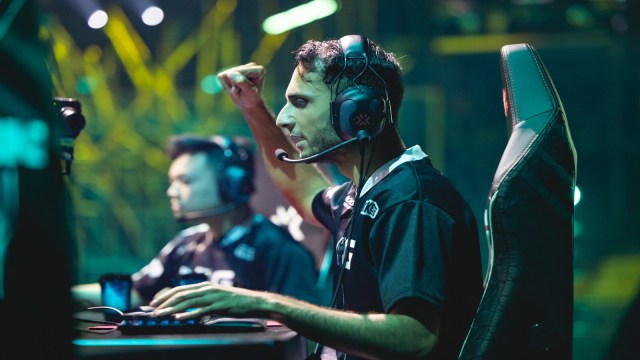
One of the most important team roles in VALORANT and any team-based tactical shooters is the in-game leader (IGL). An IGL guides their team by analyzing information and executing a viable entry or retake strategy based on reads. They should be able to communicate well, calling out for rotations when necessary and, if needed, chalking out a ‘Plan B’ as quickly as possible.
Any agent can be the team’s IGL. But it’s better to avoid this team role if you are an entry fragger for your team, as it may put a lot more on your plate than you can handle.
Snipers

Being the sniper in VALORANT automatically puts you in a defensive position. You can sometimes fuel your aggressive spirit, however, with your team’s support and an agent like Jett or Chamber.
While the low-cost Marshal is restricted to eco rounds, handling the Operator is a huge responsibility — the team will depend on you to pick the first blood. If you die, you risk giving away the potent, pricey weapon to the enemies for free — not to forget that you also damage your economy.
An ideal sniper in VALORANT will hold down long pathways, mid-sections, halls, and any lengthy space. As an attacker, they can take the lurker approach, play a post-plant position, or try securing a peeking enemy’s opening kill. On defense, they can position themselves to help prevent lurkers and rotations, as well as hold site entrances to secure the first blood.
Anchor (Defense only)

A role limited to the defense, anchors are responsible for locking down sites and delaying an aggressive push from the attackers’ side. They should, however, hold areas that can allow them to safely retreat and wait for their team to rotate to initiate a retake strategy together.
Anchors should avoid dying early, as they are crucial to the team’s defensive core. Agents like Killjoy, Viper, Astra, Brimstone, Cypher, Chamber, and Sage can be great anchors for their team.
Related: The 3 VALORANT agents with the highest win rates in Radiant are the least popular among VCT pros
While professional esports athletes embrace team roles as part of their strategies, many players on VALORANT’s ranked ladder are aloof from its advantages. This is because casual players tend to solo/duo/trio queue, leading to communication and strategic gaps and independent playstyles that encourage playing for picks. Naturally, team roles don’t thrive in such scenarios.
If you are looking to up your game in VALORANT’s casual competitive base, announcing your team role (the one you are good at) at the beginning of the match can be very helpful. Your allies may consider that and play around your moves, making it easier for your team to take the win.


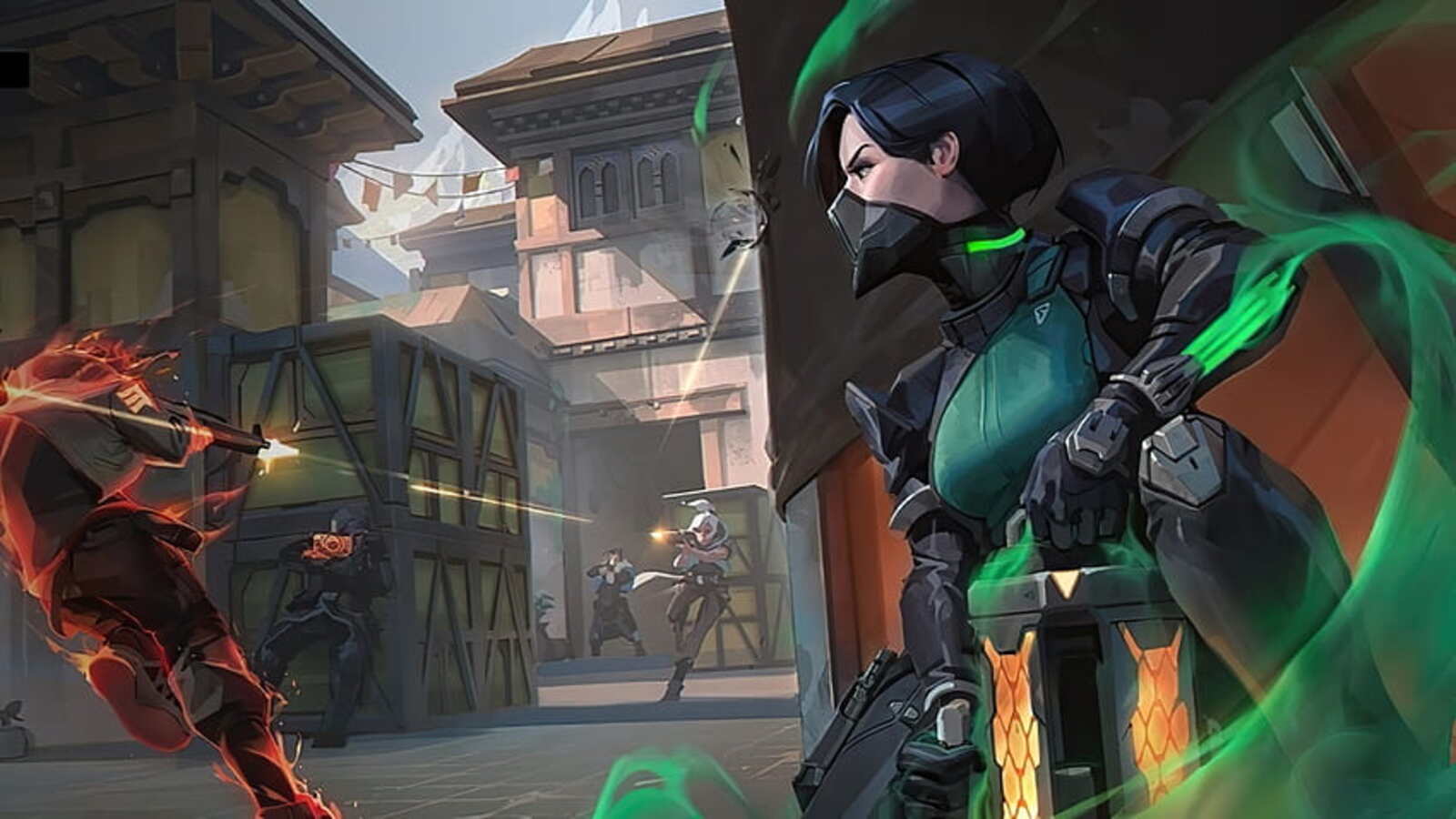

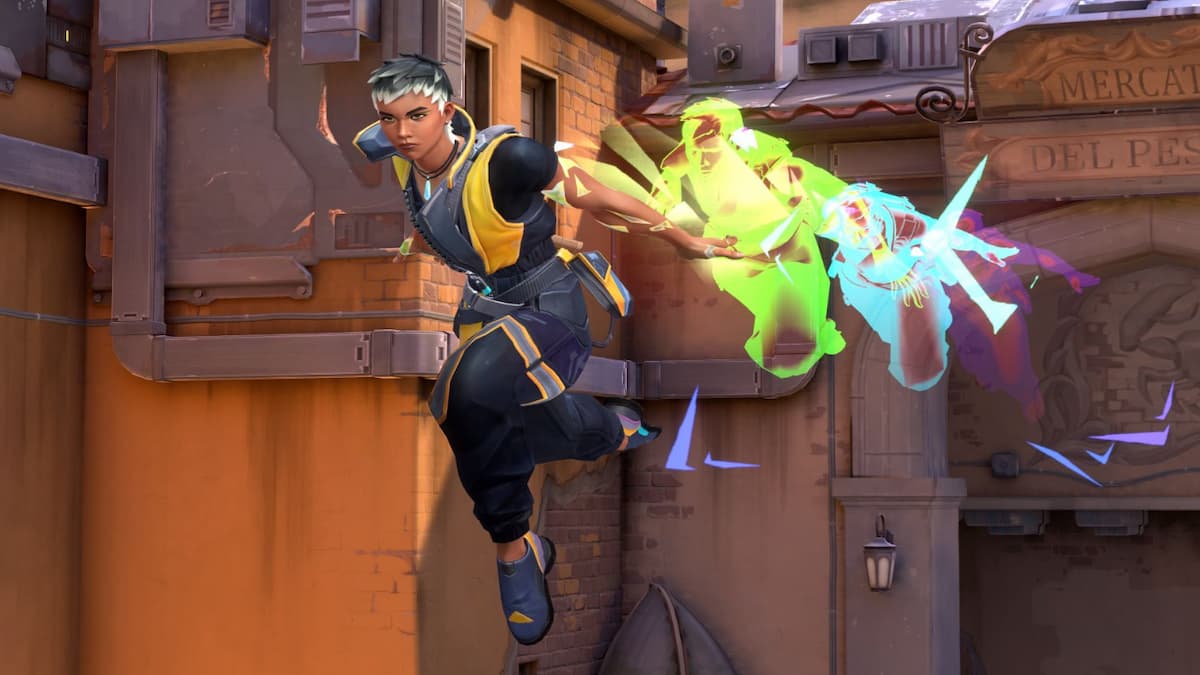

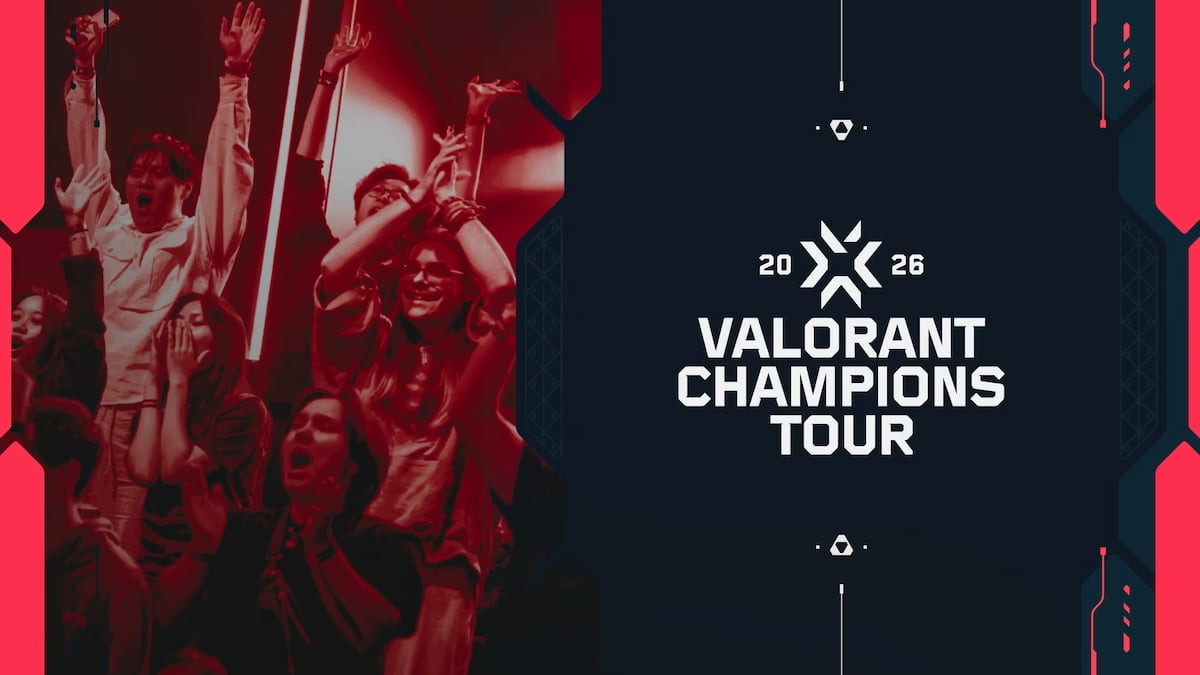
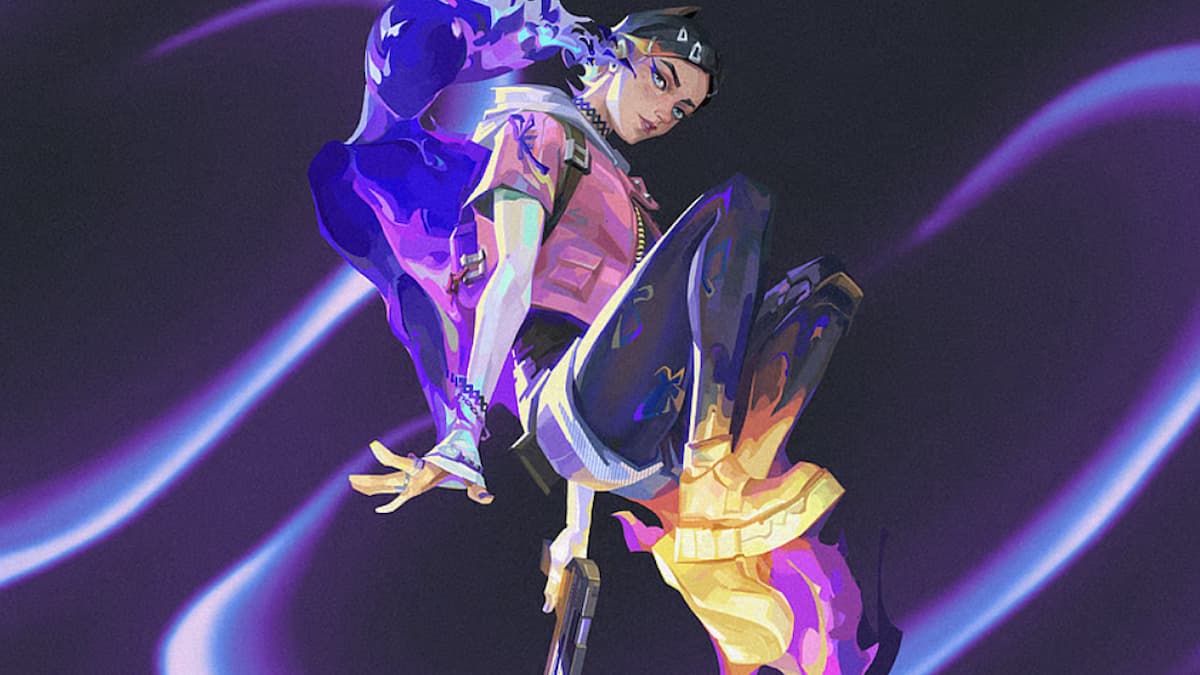
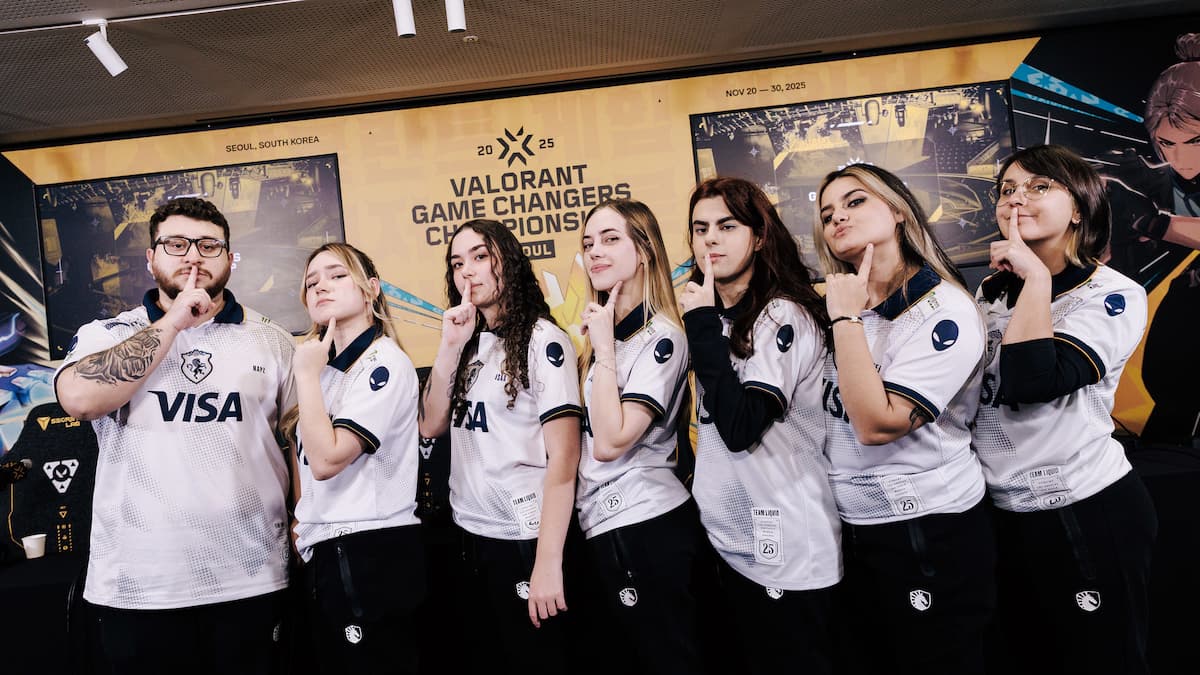
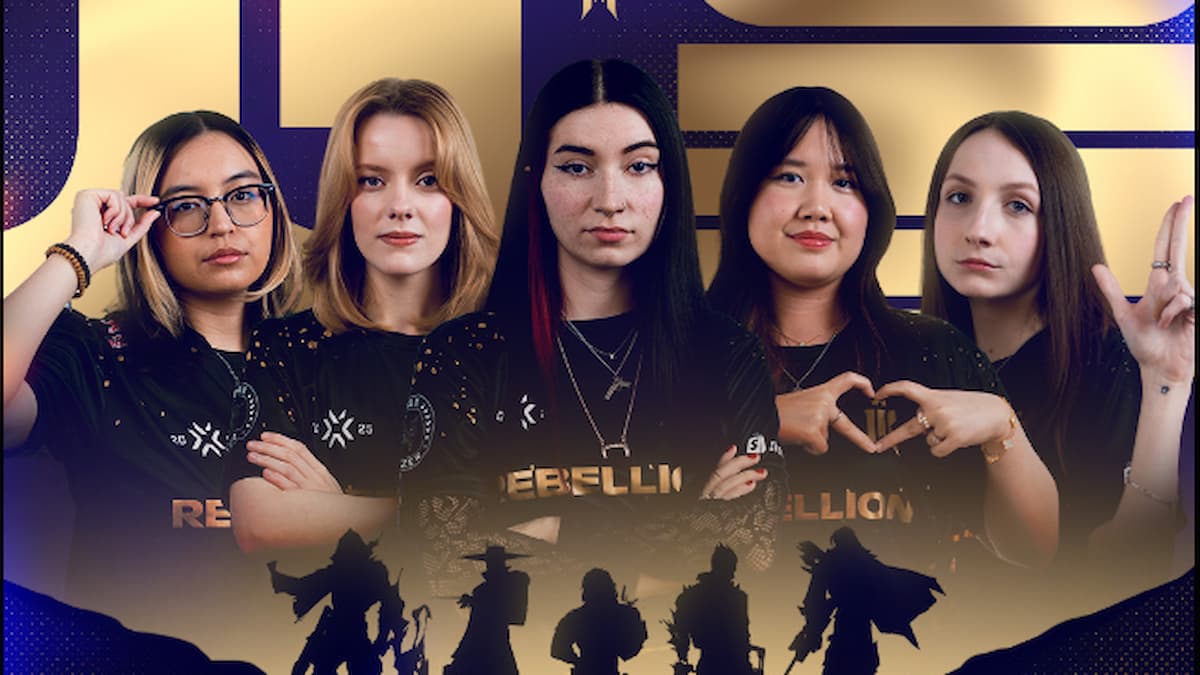


Published: May 10, 2023 01:35 pm